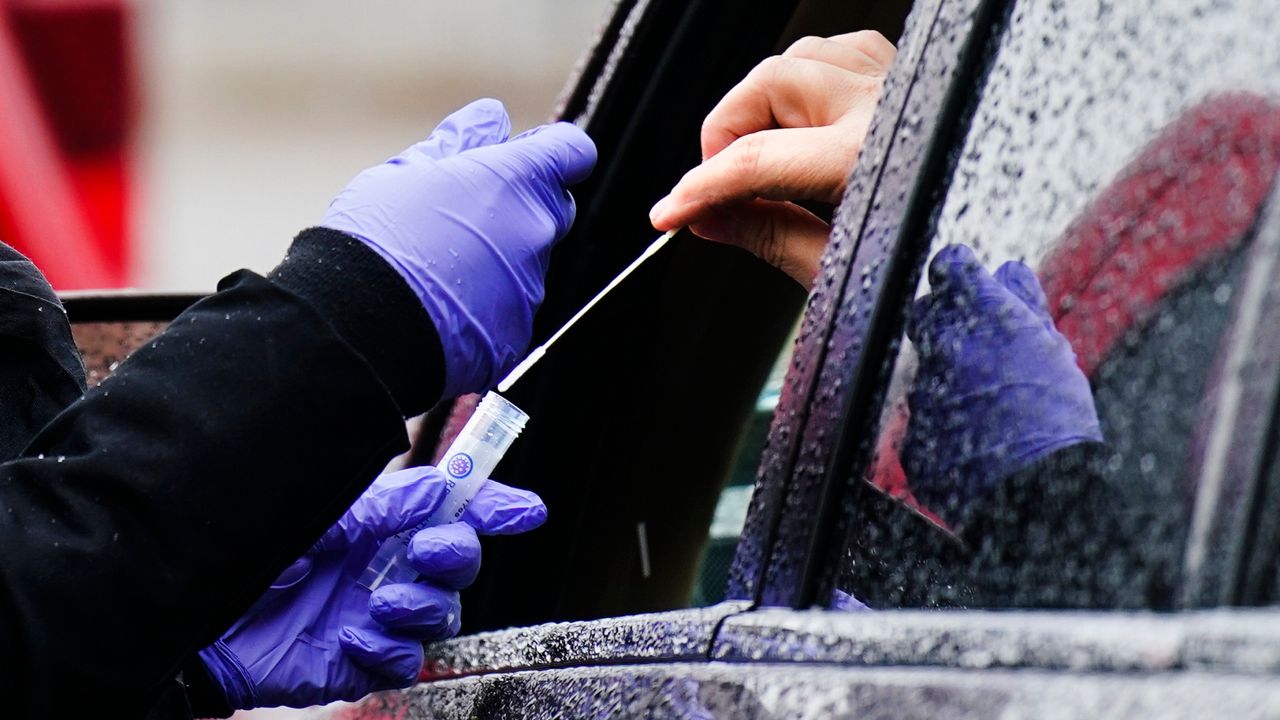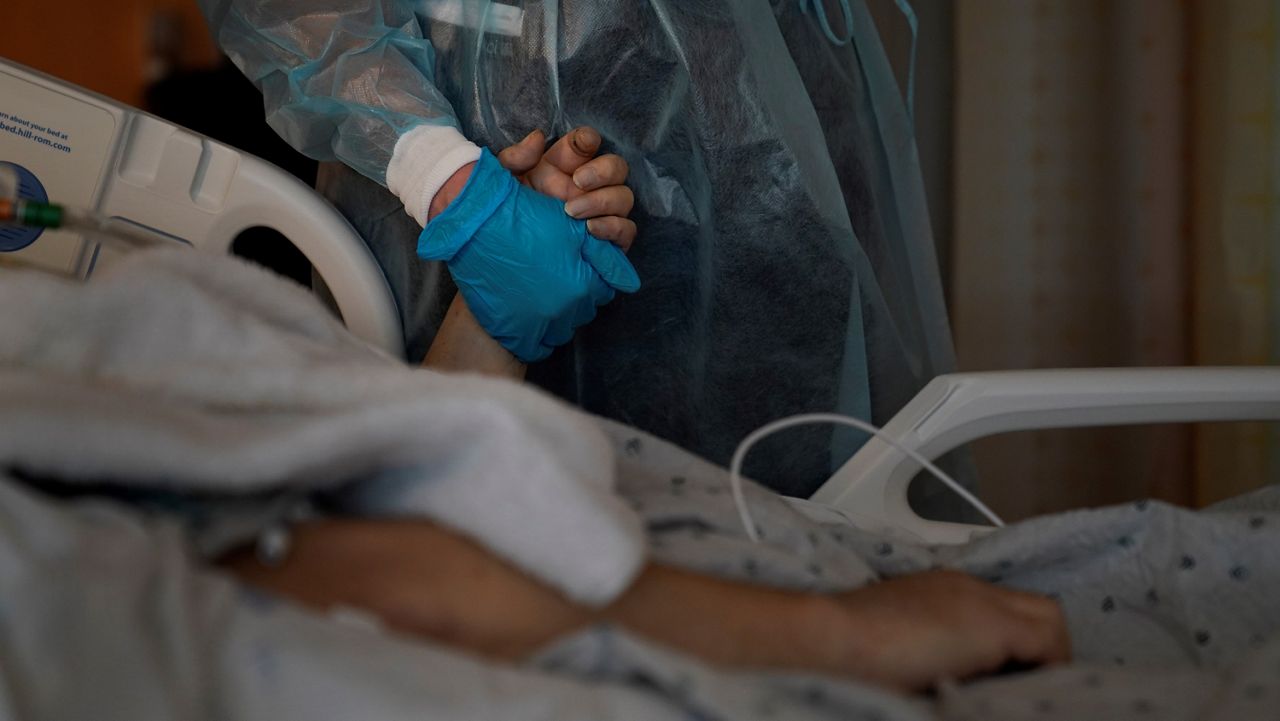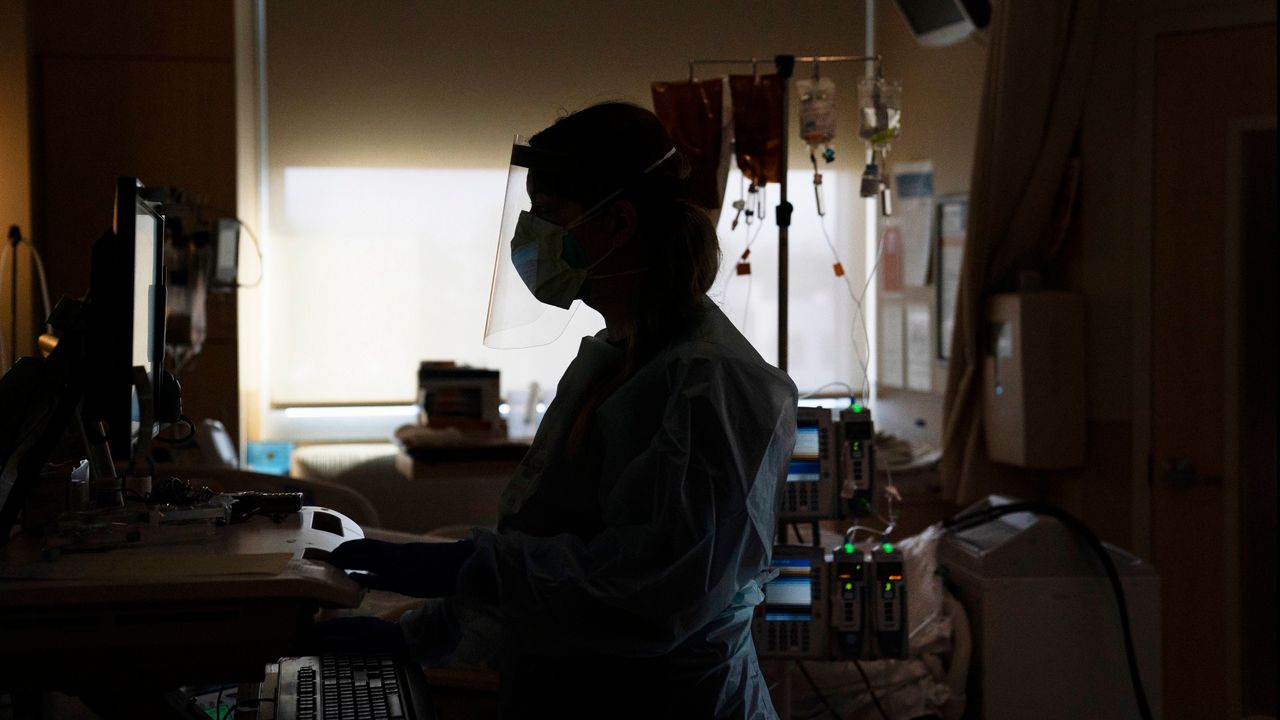As COVID-19 continues to spread across the world, with case rates climbing higher than ever in the U.S., the issue on a lot of minds is how we can squelch the novel coronavirus’s rapid transmission. Some have raised the question: Should we aim for herd immunity?
The idea behind herd immunity is that if enough people become immune to a virus — either through a vaccine, or by getting infected and then recovering — the whole population is protected, since the virus doesn’t have enough hosts to spread effectively. In the age of COVID-19, the term has gotten attention from U.K. health officials and music festival organizers alike (although the controversial “Herd Immunity Fest” in Wisconsin has since rebranded).
But a lot of questions remain about how herd immunity could be applied to our current pandemic crisis. Here, we explain how herd immunity works, what it means for COVID-19, and why experts don’t see it happening until we have a vaccine.
What does herd immunity mean?
All of this starts at the individual level. In simple terms, when your body first encounters an unfamiliar virus, the immune system doesn’t know how to react, says Malia Jones, an assistant scientist at UW-Madison’s Applied Population Laboratory who studies how diseases spread. When faced with this new threat, the body takes a while to recognize the foreign invader and can’t fight it off as effectively.
But after the body is exposed to a virus, the immune system can react more effectively the next time around. This can happen through a natural infection or through a vaccine, which injects a dead or otherwise weakened version of the virus to help the body practice its response, Jones says.
“Your immune system has a way to remember what that particular virus looks like,” she says. “And then the next time you encounter it, it's much speedier and more efficient at responding.”
When scaling that up to the herd immunity level, the goal is to stop the virus’s transmission in its tracks. If enough individuals become immune to a virus, they can act as a kind of “firewall” to shield those who are still susceptible, says Amanda Simanek, an associate professor of epidemiology at UW-Milwaukee’s Zilber School of Public Health.
Let’s say a human population has never encountered a certain virus before. No one will have built up immunity, so when the virus does show up in this so-called “naive” population, everyone will be susceptible to infection. But if enough people have encountered the virus before and have built up immunity, the virus can’t move through the population.
“Those people who are immune kind of create a barrier,” Simanek says. “It becomes more challenging for someone who's infected to even encounter a susceptible person.”
To create this firewall, a certain proportion of the community has to become immune. This point, known as the “herd immunity threshold,” varies based on how infectious a particular virus is.
Scientists calculate the threshold using a virus’s R₀ value, which measures how many other people an infected person is likely to infect. More infectious diseases have higher R₀ values and higher herd immunity thresholds, so a greater number of people have to become immune to stop the spread.
“Essentially what you want to happen is that if one person gets infected, that infection ends with them, because there's so few people that it can be spread to,” Simanek says.
Herd immunity and coronavirus
So, could we get to herd immunity for the novel coronavirus through natural infections? “That’s a really bad idea,” Jones says — in large part because of the sheer numbers of cases and deaths that would entail.
For SARS-CoV-2 — the virus that causes COVID-19 — the R₀ value is probably around two to three, although there’s still some range of uncertainty, Simanek says. It’s more infectious than the flu, but less infectious than measles or mumps.
Based on that value, the estimated threshold for herd immunity is around 70% of the population, she says. (A recent study in the journal Science estimated that threshold could be more like 43% taking into account different ages and activity levels of populations, but the researchers write that this is meant to be an illustration and not an exact prediction.)
So far, the U.S. has reported more than 2.6 million COVID-19 cases and is approaching 130,000 deaths, according to the Johns Hopkins University tracker. This means less than 1% of the country’s population has been confirmed to have had COVID-19.
To bring those infections up to 70%, millions more would likely die in the U.S., Jones says. Researchers from the University of Chicago estimates the global death toll for a “natural herd immunity” strategy would be around 30 million.
“It would be more people dead in the United States than have died in all of the wars we've ever fought combined,” Jones says.
Another major challenge: We don’t actually know if people who recover from COVID-19 will stay immune from the novel coronavirus, Simanek says.
Though it appears people have some level of immunity after recovering from COVID-19, the virus is so new that experts still don’t know whether that immunity wanes over time. Plus, we still are unsure of the potential long-term health effects of the virus, Simanek says.
“Even if we thought we were willing to endure one to two million more deaths, there's no guarantee, because of what we don't know about long-term immunity,” Simanek says.
So what’s next?
For Simanek and Jones, then, the only viable path to herd immunity would be through widespread vaccination.
Simanek says the idea that we can just “get it over with” doesn’t hold weight. Historically, “letting an infection burn through a population” without containment measures hasn’t actually gotten us to herd immunity levels, Jones says, because infections still take time to move through communities.
“Even looking at other diseases where we can have lifetime immunity, like for measles or mumps, we never achieved herd immunity for those diseases until we had a vaccine available,” she says.
Considering the current status of vaccine research, Jones says she’s optimistic that one of them will be effective. There are more than 100 vaccine candidates currently in development, and researchers are accelerating some of the normal procedures to get a vaccine out as quickly as possible.
Still, the scale of the pandemic will mean major challenges for manufacturing and distributing enough doses for everyone — plus all the vials, syringes, and other supplies necessary to administer the vaccine, Jones points out. Even then, we don’t know how effective the vaccine will be, and some people may refuse to get vaccinated, making it harder to reach the herd immunity threshold.
Infectious disease expert Dr. Anthony Fauci said on Sunday that he’d settle for a vaccine that was 70 to 75% effective — for comparison, he pointed out that the measles vaccine is 97% effective, which is the highest level for any vaccine so far. But under those circumstances, if a quarter of the population refused the vaccine, we would be “unlikely” to achieve herd immunity, Fauci said.
So, it’ll likely be awhile before we get close to a herd immunity level for this virus, Simanek says.In the meantime, these scientists say, people should keep limiting their exposure as much as possible. With many states continuing to reopen, individuals now have to make their own decisions about how they can reduce risk.
Through measures like staying outdoors, limiting the number of people you interact with, and wearing a mask, you can bring back some activities into your life while still reducing risk, Simanek says. She says she likes to think about having a “budget” of interactions and shaving off risk whenever possible.
By maintaining physical distance from other people, you also imitate herd immunity by preventing the virus from jumping from person to person, Jones points out.
“That 6-foot buffer, if we all maintain that, would also deprive the virus of new hosts,” she says. “That's a way to produce some temporary herd immunity.”
Until a vaccine can provide widespread immunity, Simanek says communities need to prioritize keeping case numbers low and manageable — especially heading into the fall, when more activities will have to move indoors and the flu season will add more strain. Though this approach will take time, she says, the alternative would just be “devastating.”
“We have to accept that this is going to be a long road,” Simanek says. “It's going to take some patience and perseverance.”










